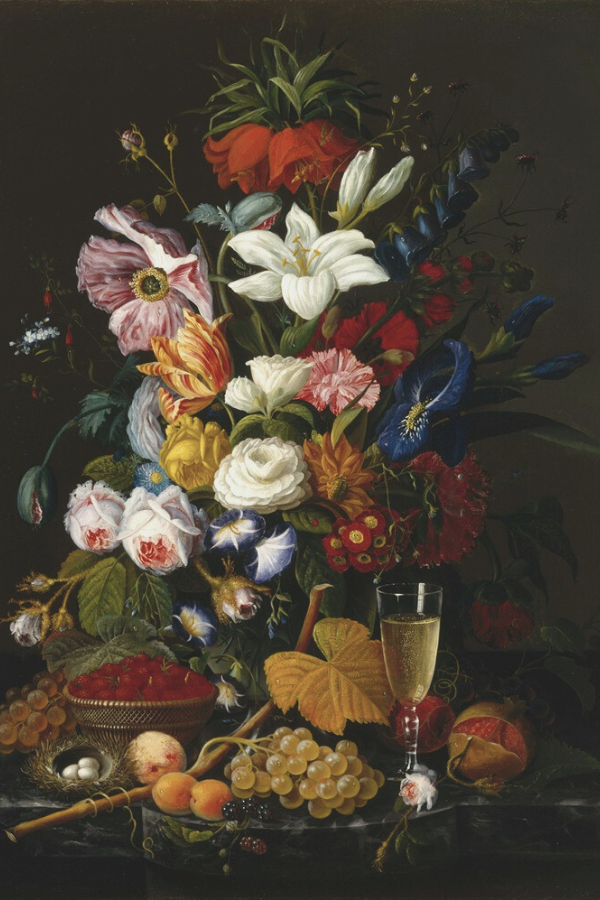

About Floriography & The Victorian Language of Flowers
Summary
Reflection Questions
Journal Prompt
In a world where words were often constrained by the rigid decorum of society, the delicate petals and hues of flowers whispered secrets, conveyed deep emotions, and carried the weight of unspoken words. This silent, expressive language is known as floriography, a term that encapsulates the practice of communicating through the use or arrangement of flowers. Rooted in ancient traditions, floriography evolved significantly during the Victorian era, becoming a nuanced and widely acknowledged form of non-verbal communication. The Victorian era, with its strict etiquette and repressive social codes, found in the language of flowers a discreet conduit for expressing feelings that could not be openly discussed in polite society. From the fleeting beauty of flowers signifying pure love to the darkness of those indicating jealousy and anger, let’s explore Victorian flower language and its ancient origins.
Historical Context of Floriography
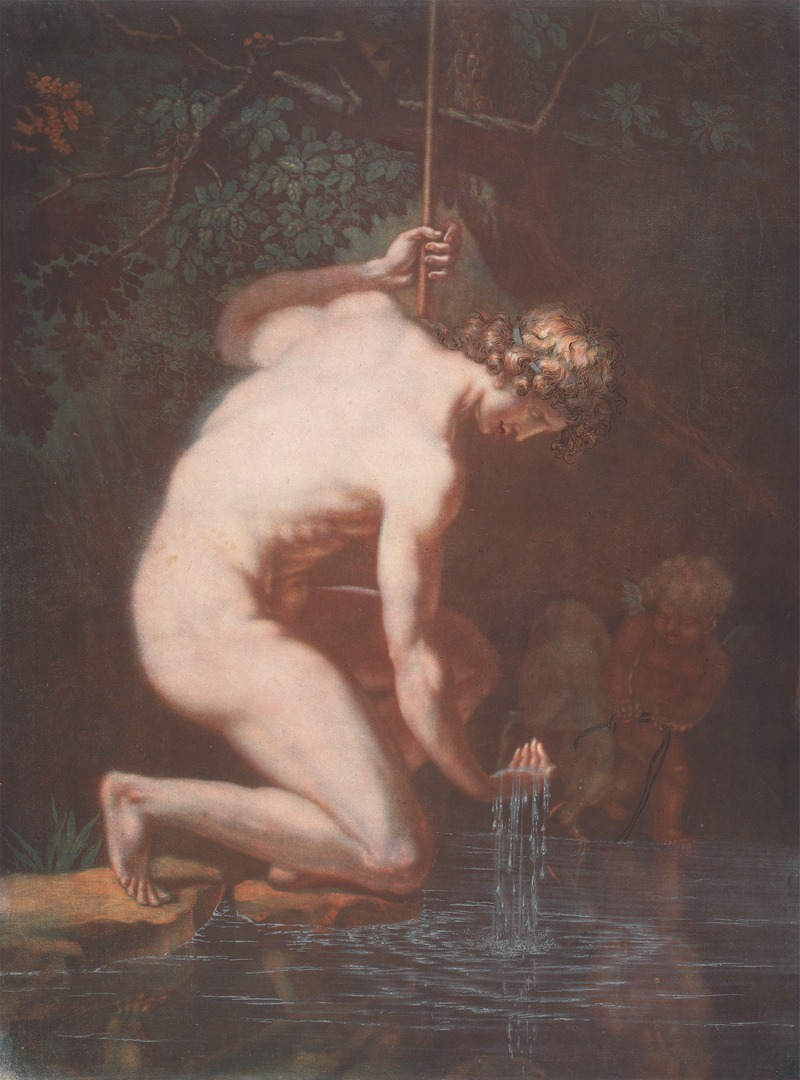

Floriography, the practice of assigning meanings to flowers, has its roots in ancient civilizations. In cultures like the Greeks, Egyptians, and Romans, flowers were integral in rituals and religious ceremonies, often symbolizing divine favor or societal status.
For example, in Greek mythology, flowers were often linked to the gods and their stories, such as the myth of Narcissus, which gave rise to the flower of the same name symbolizing self-love and vanity. This early use of flowers as symbols laid the groundwork for more complex floral languages in later cultures.
Development in the Victorian Era: Social and Cultural Factors
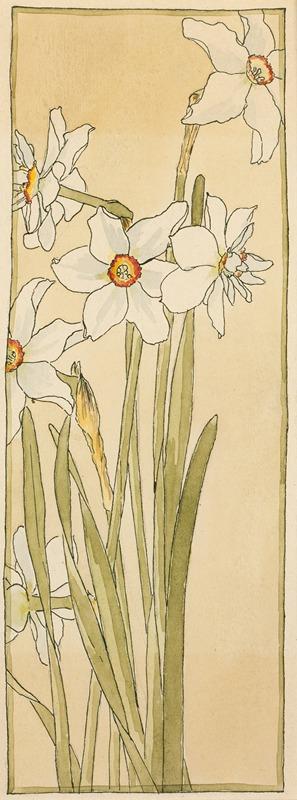

The Victorian era saw a resurgence and refinement of floriography into a sophisticated social language. This period was characterized by strict social codes and a heightened interest in nature, partly influenced by Romanticism, which emphasized nature’s emotional and aesthetic value.
The Industrial Revolution also played a role, as urbanization made natural beauty more coveted and symbolic in congested cities. Additionally, colonial expansions exposed Victorians to a wider variety of plants, enabling a richer, more diverse floral vocabulary. These factors combined to make floriography a popular and fashionable tool for expression.
Victorian Societal Norms and the Role of Flower Languages as a Discreet Means of Communication
In the context of Victorian societal norms, where direct expression of emotions was often frowned upon, especially in matters of romance and sympathy, flower languages emerged as a critical form of discreet communication. From fragrant herbs in one’s wedding flowers to the gift of a lavender rose, these floral arrangements allowed individuals to express feelings and convey messages without the need for direct verbal communication, adhering to the era’s etiquette.
For instance, a bouquet of violets could signify loyalty and faithfulness, while an offering of marigolds might hint at grief or despair, and a pink happiness rose would indicate joy or your wish that the recipient enjoys a happy life. This subtle form of communication was especially crucial in courtship, where overt expressions of affection were considered inappropriate. Other expressive flowers included the mourning rose, virtue rose, love tulip, jealousy hydrangea, hope rose, gratitude roses, beauty lily, constancy hyacinth, and the eternal sleep pity poppy. Flower languages thus provided a way to navigate the complex social landscapes of Victorian society. To the Victorians, these flowers represent a labyrinth of social do’s and don’t’s.
The Language of Flowers
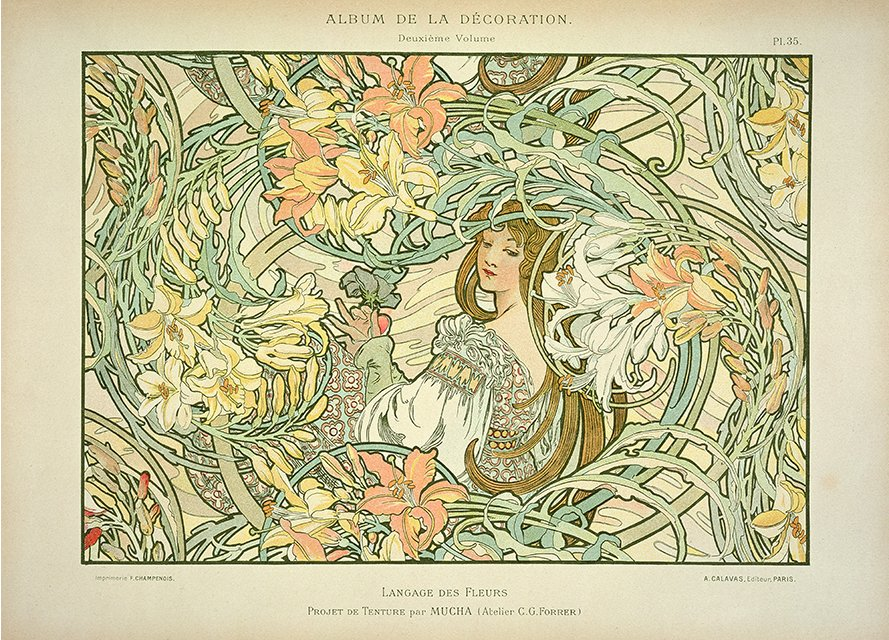

The language of flowers, or floriography, functioned much like a coded language, where each flower held a specific meaning or message. This botanical code was nuanced, with the type, color, and condition of the flower, and even how it was presented or received, altering the message.
For example, a flower presented upright conveyed a positive message, while one given upside down could signify the opposite. Mature blooms meant something completely different than buds. The complexity of this language allowed for a rich and varied expression of emotions and sentiments in a socially acceptable manner, especially during the Victorian era where direct expression was often restrained.
Examples of Commonly Used Flowers and Their Meanings
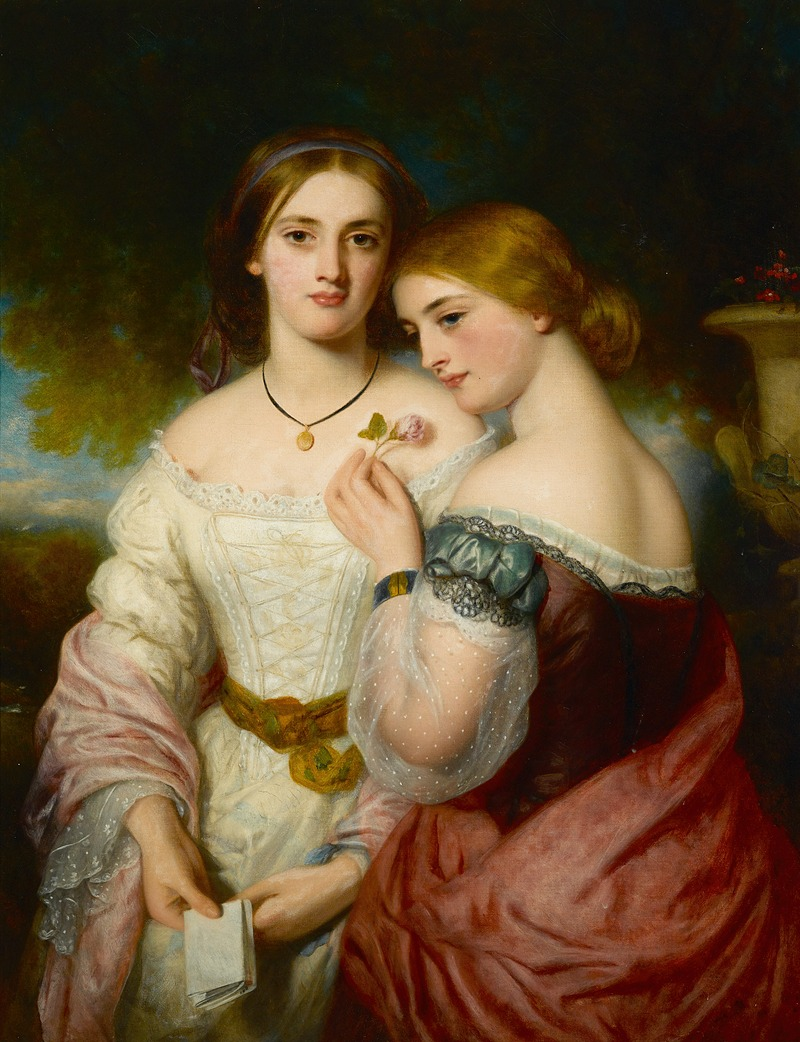

In Victorian times, the symbolism of flowers was a significant aspect of the era’s social customs. From the Maiden Charms Lily to the Domestic Happiness Hyacinth, flower meanings communicated deep feelings when it was inappropriate to do so verbally. Below is a detailed look at the meanings of various flowers during that period.
Roses in the Victorian Era
The rose, a timeless symbol of love and passion, was paramount in Victorian floriography. The color of the rose added layers to its basic meaning. Dark crimson roses were the ultimate symbol of eternal love, a powerful expression of deep affection. White roses, in contrast, were associated with purity, innocence, and in some cases, new beginnings, making them a common feature in bridal bouquets. Yellow roses had a slightly ambivalent meaning, often symbolizing jealousy or a decrease in love, while pink roses conveyed a sense of admiration and a softer, more tender love. Orange roses were less common but symbolized a fascination or a bridge between friendship and love.
Lilies in the Victorian Era
Lilies, with their elegant form, were highly regarded in Victorian times. The white lily, a symbol of purity and virtue, was often associated with the Virgin Mary in religious contexts, and thus was a common feature in religious ceremonies. Orange lilies suggested a sense of confidence and pride, often used to convey a feeling of respect. Pink lilies, though less common, were seen as a symbol of prosperity and abundance, echoing a sense of wealth and opulence in the Victorian language of flowers.
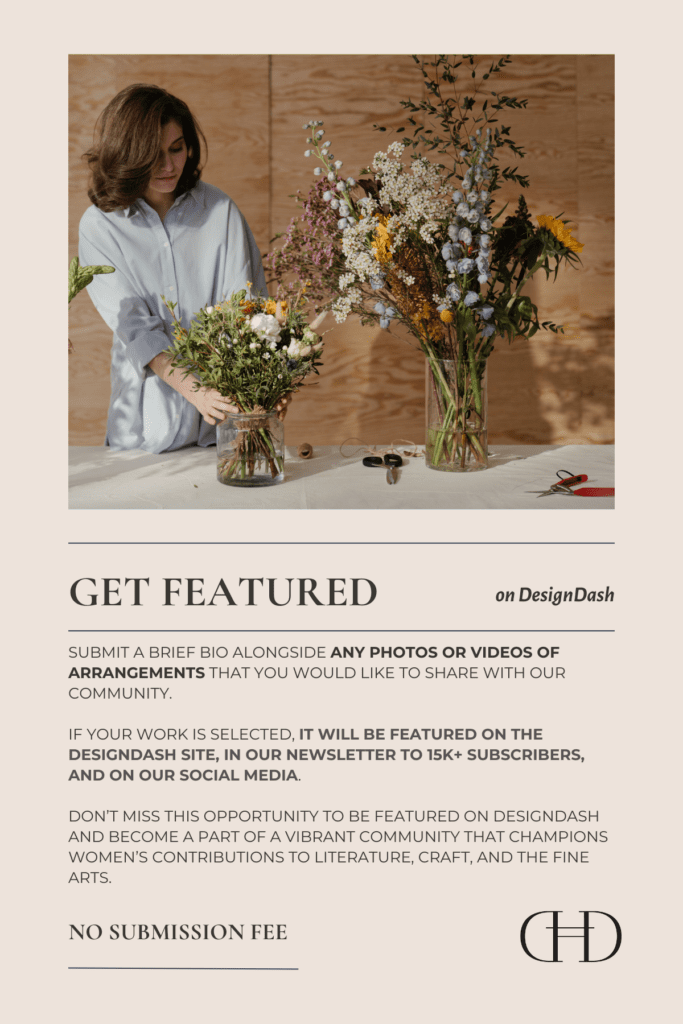

are you a florist?
Tulips in the Victorian Era
Tulips, though not native to England, were embraced in the Victorian floral lexicon. Red tulips were a bold statement of love, often used in bouquets to declare love and admiration. Yellow tulips, which modern times associate with cheerful thoughts, had a more melancholic meaning in the Victorian era, symbolizing hopeless love or unrequited feelings. Purple tulips conveyed a sense of royalty and nobility, aligning with the Victorian fascination with status and hierarchy. White tulips were a gesture of forgiveness, symbolizing peace and reconciliation.
Chrysanthemums in the Victorian Era
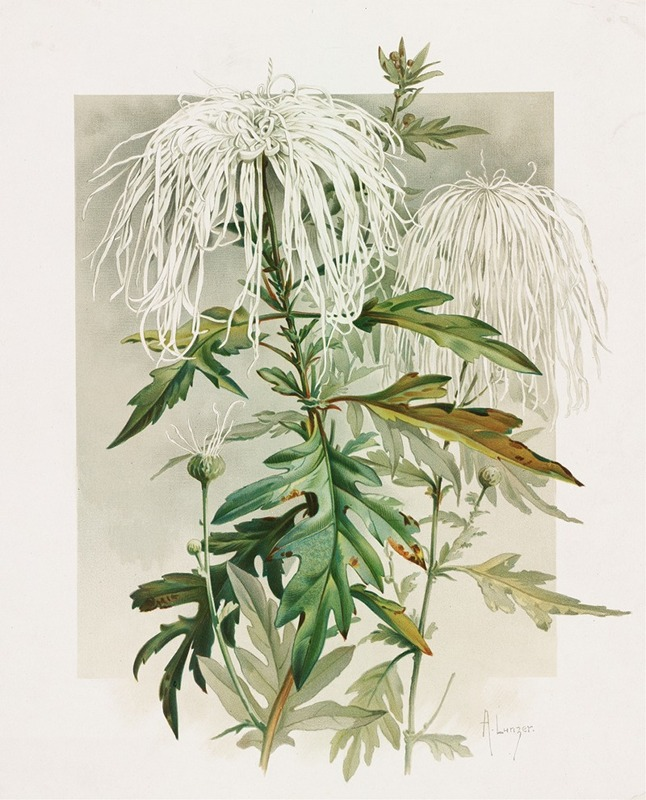

Chrysanthemums in Victorian times were laden with meanings. Red chrysanthemums symbolized love, similar to red roses, but with a more everyday, less intense connotation. White chrysanthemums were about truth and loyal love, often used to signify honesty in a relationship. Yellow chrysanthemums, however, had a sadder meaning, often representing slighted love or sorrow in romantic contexts.
Daisies in the Victorian Era
Daisies in the Victorian era symbolized innocence and purity. The classic white daisy, with its simple and unassuming beauty, was often used to convey loyal love, and it was a common feature in bouquets meant for young or innocent love.
Carnations in the Victorian Era
Carnations were rich in symbolism during Victorian times. Red carnations were a symbol of deep love and admiration, similar to red roses but considered more modest. White carnations stood for pure love and good luck and were often used in wedding ceremonies. Pink carnations carried the most significant meaning, believed to be a symbol of a mother’s undying love, while yellow carnations, unlike their cheerful modern interpretation, were a sign of disappointment or even rejection.
Irises in the Victorian Era
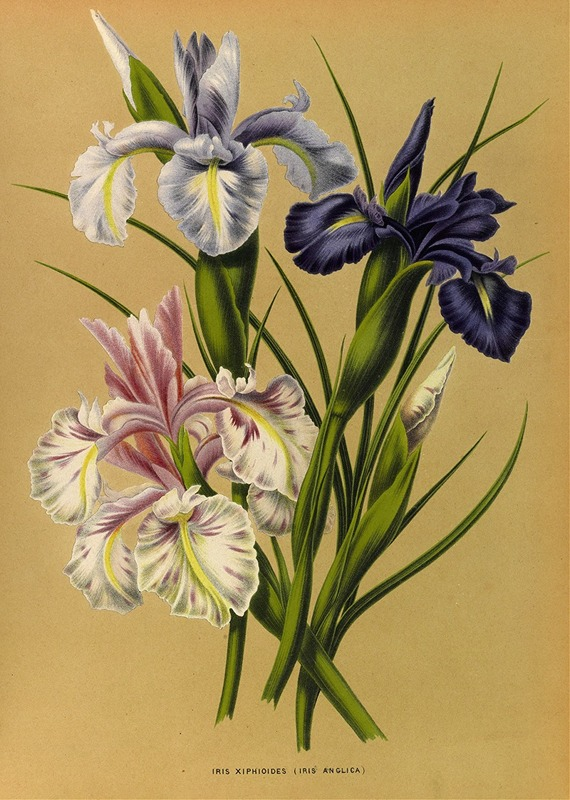

The iris was a symbol of eloquence during Victorian times. Purple irises were most associated with wisdom and compliments, often used to admire someone’s intellect and thoughtfulness. Blue irises represented hope and faith, reflecting a more spiritual or profound longing. Yellow irises, conveying passion, were sometimes used in the context of passionate phases in life or intense relationships.
Orchids in the Victorian Era
Orchids were exotic and rare in Victorian England, thus symbolizing luxury, beauty, and strength. White orchids represented reverence and humility, often used in religious and spiritual ceremonies. Pink orchids suggested grace, joy, and happiness, embodying more of a celebratory sentiment.
Sunflowers in the Victorian Era
Sunflowers, with their bright and open faces, symbolized adoration and loyalty in Victorian times. They were often used to represent a form of worship or adulation, reflecting the sun’s positivity and energy.
Peonies in the Victorian Era
Peonies were a symbol of romance, prosperity, and bashfulness. Pink peonies, representing romance, were often used in courtship. White peonies symbolized bashfulness and were sometimes included in bouquets expressing a shy admiration.
Floriography in Victorian Daily Life


In Victorian society, where direct communication, especially regarding romantic feelings, was often restricted by stringent social norms, floriography played a crucial role in everyday interactions and courtship. Bouquets, known as ‘tussie-mussies,’ were carefully crafted with specific flowers to convey messages.
A suitor might present a bouquet with roses (for love), lilies (for purity), or tulips (for a declaration of love), depending on the intended message. Receiving a bouquet required equal knowledge of floriography to decipher the sender’s intentions. This floral communication allowed for expressions of sentiment in a society where such openness was otherwise frowned upon, making flowers an essential part of social etiquette and romantic pursuits.
The Role in Literature, Poetry, and Art of the Period


Floriography deeply influenced Victorian literature, poetry, and art, serving as both a theme and a symbol. In poetry, flowers often symbolized various themes like love, death, and beauty, allowing poets to express complex emotions under the guise of floral imagery.
Similarly, Victorian artists used flowers in their paintings to represent different sentiments and virtues. These artistic expressions were reflections of the era’s fascination with the symbolic language of flowers, and they served to both reinforce and popularize floriography.
Writers like Shakespeare, Brontë, and Tennyson incorporated floral symbolism into their works to add depth and convey emotions subtly. Below are a few examples of floriography in literature.
Flower Language in Literature
William Shakespeare: Shakespeare frequently used flower symbolism in his plays and sonnets. In “Hamlet,” Ophelia’s distribution of flowers is laden with meaning: rosemary for remembrance, pansies for thoughts, fennel for flattery, columbines for ingratitude, and rue for repentance. This scene is a masterful use of floriography to convey complex emotional and thematic content without explicit dialogue.
Jane Austen: Jane Austen subtly included flower symbolism in her novels, reflecting the social norms and relationships of her characters. In “Sense and Sensibility,” the use of flowers like marianne’s cowslips (symbolizing winning grace and youthful beauty) subtly mirrors the characters’ emotions and journeys. Similarly, in “Pride and Prejudice,” the use of flowers in the gardens and as adornments adds an unspoken layer of meaning to the romantic and social undercurrents.
Fuel your creative fire & be a part of a supportive community that values how you love to live.
subscribe to our newsletter
Emily Dickinson: American poet Emily Dickinson, in her expansive body of work, frequently referenced flowers with symbolic significance. In her poetry, flowers like daisies (innocence), roses (love and passion), and lilies (purity and beauty) are not just natural elements but carry deeper meanings related to life, death, and emotion.
Oscar Wilde: In “The Picture of Dorian Gray,” Wilde uses the white rose to symbolize innocence and the red rose to represent passion and sin. This use of floriography enhances the novel’s exploration of beauty, morality, and transformation.
Nathaniel Hawthorne: In “The Scarlet Letter,” Hawthorne uses roses to symbolize various aspects of the human condition in relation to the story’s moral and psychological themes. The rosebush at the prison, for example, symbolizes nature’s sympathy for the condemned.
Frances Hodgson Burnett: In “The Secret Garden,” Burnett uses the garden, filled with roses and other flowers, as a symbol of rejuvenation, healing, and the transformative power of nature, reflecting the inner growth of the characters.
Floriography in Victorian Gardening and Home Decor
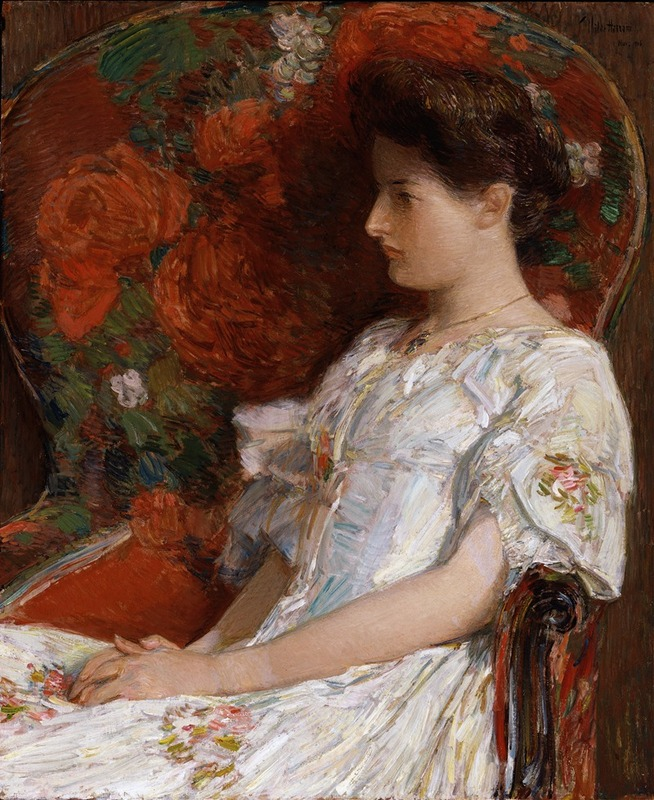

The Victorian era’s obsession with floriography extended to gardening and home decor. Victorian gardens were designed not just for aesthetic appeal but also to communicate messages. Gardens often featured specific flowers like roses for love and violets for loyalty.
Similarly, home decor often included floral motifs with symbolic meanings. Wallpaper, upholstery, and even tableware often featured floral designs, each with its own silent message. This widespread use of floriography in home and garden reflected the Victorians’ desire to infuse daily life with deeper, often unspoken, meanings.
Floriography’s Decline and Legacy


The decline of floriography after the Victorian era can be attributed to several factors, including changes in social norms and communication styles. As the 20th century brought forth more direct forms of communication and a shift away from the heavily coded etiquette of the Victorian era, the need for a complex language of flowers diminished.
However, the legacy of floriography is still evident in modern times. It continues to subtly influence the choice of flowers for various occasions; roses for love at weddings, lilies for purity or rebirth at funerals, and poppies for remembrance on days of commemoration. Additionally, the symbolic meanings of flowers are often referenced in literature, films, and popular culture, maintaining their relevance in contemporary storytelling.
The influence of floriography persists in some modern fields, with designers using specific flowers to convey certain themes or emotions in their arrangements, blending historical symbolism with modern aesthetic trends. This enduring legacy highlights how the language of flowers, though less explicitly used, still resonates in our cultural and artistic expressions.








